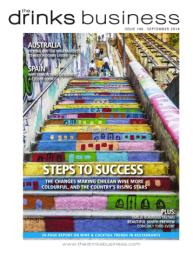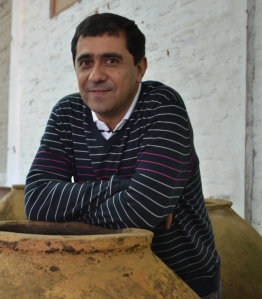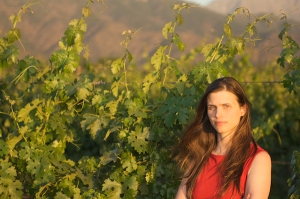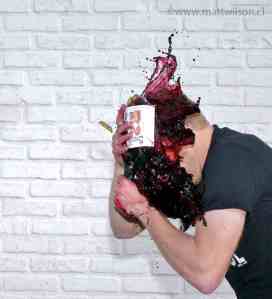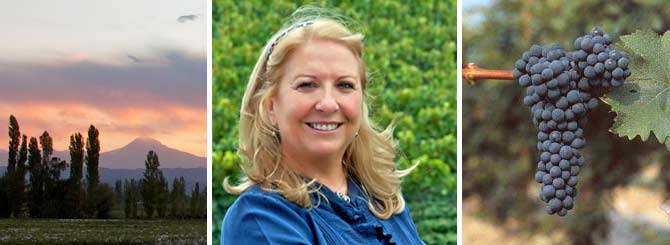An interview with flying winemaker and international consultant, Alberto Antonini. Interviewed for Casa de Uco.

Why is the Uco Valley such an exciting wine region?
The location is by far the best valley in Mendoza. It’s where you get some very interesting calcareous spots and well drained soils, with warm days to ripen the fruit and cold nights to retain acidity – it’s the best for the freshness of the fruit. It’s very exciting now I understand the valley. Working with Pedro Parra (a terroir specialist) I understand why I like the characteristics there.
Do you remember making your own first wine?
My father was a teacher but I grew up on a farm, so I was making wine for fun as a hobby and had a passion for wine. The first wine I made was there.
The feeling? I was very happy. Since I was a child they were asking me what I wanted to be and I said I wanted to be a peasant and work on the land! Since I was 5 or 6 I said I wanted to be a redneck… If I wasn’t a winemaker I would like to grow apples.
I also have a lot of passion for music too but I don’t have talent to make a living from that!
I remember the first smell of the wines I tried, it was fascinating for a child. We made it in a very artisanal way. It was really a long time ago… it was 50 years ago…
How important is personal style in winemaking?
I don’t think it is… depending where the wines are from. If it’s a place that is very special you really do very little. I don’t want to affect the expression of the place. When people say less is more, I believe it is true.
To get to the point of doing less, you have to have the experience and confidence. I think it’s now I’m trying to let the grapes express their best. I don’t like it when people talk about a style of a winemaker, that’s when the wine has gone. The job is to do as little as possible.
Continue reading “Interview with Alberto Antonini”





